Elizabeth I: The Queen’s life in buildings
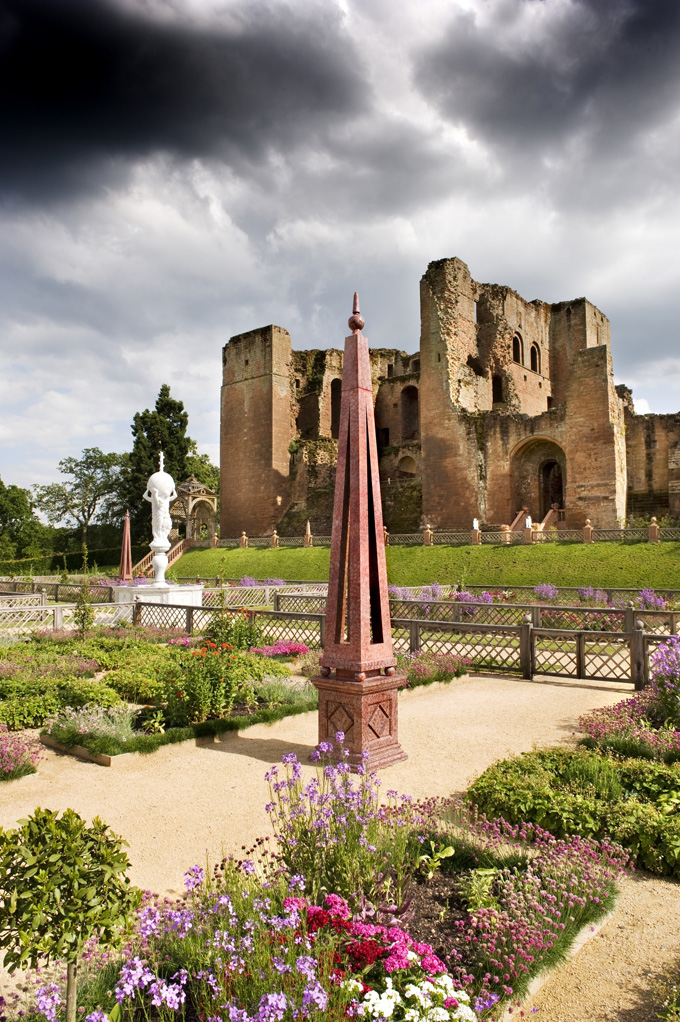
Elizabeth I was the fifth and last monarch of the Tudor dynasty, bringing to a close one of the most dramatic and enduringly fascinating periods of British history. Here we look at some of the royal palaces and other places the queen was known to have spent her time, and where we can still walk in her footsteps…
Elizabeth I survived a tumultuous childhood as the daughter of Henry VIII and Anne Boleyn, the reign of her Catholic half-sister ‘Bloody’ Mary yet still went on to become one of Britain’s greatest monarchs. Her life is still the subject of wonder for historians and the public alike, and those majestic paintings of the red-headed queen in the resplendent attire of the age continue to fire the imagination.
Here we look at some of the royal palaces and other places the queen was known to have spent her time, and where we can still walk in her footsteps.
Elizabeth I’s life in buildings
Greenwich, London
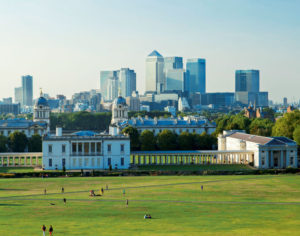
Elizabeth was born on 7 September 1533 at Greenwich Palace in London. Under the first two Tudors this new palace became the largest and most modern in Europe. It made a fitting birthplace for the future Henry VIII, his younger brother Edmund and as well as Mary and Elizabeth. It was demolished by Charles II in 1660, to make way for a new palace; nearly 40 years later, the Greenwich Hospital (now The Old Royal Naval College) was built on the spot instead.
Greenwich is a World Heritage Site packed with fascinating to explore including the Old Royal Naval College, the Prime Meridian of the World and the National Maritime Museum.
Hatfield House, Hertfordshire
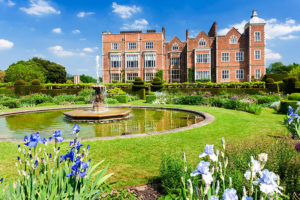
It was at her childhood home at Royal Palace of Hatfield in Hertfordshire on November 17 1558 that Lady Elizabeth Tudor she received the news that she was Queen of England. It is believed she was sitting beneath an oak tree, reading or eating an apple.
The magnificent Hatfield House and its beautiful gardens are home of the 7th Marquess and Marchioness of Salisbury and their family, and is open to the public.
Westminster Abbey, London
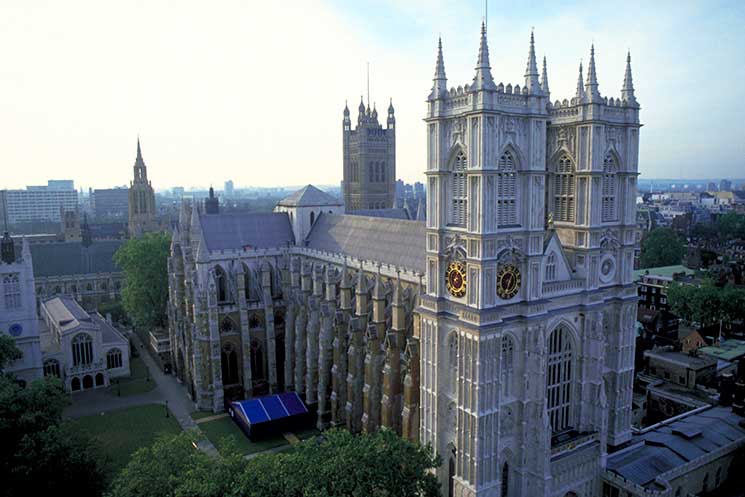
Elizabeth was crowned at Westminster Abbey on 15 January 1559 with plenty of pomp and ceremony – elaborate sets were built for colourful pageants and crowds gathered. It was also the first time the English language was used within the previously all-Latin service.
Elizabeth died on 24 March 1603, at Richmond Palace, a royal residence on the River Thames in London, which was demolished in the 16th century. Her death was an occasion of universal mourning, and thousands of people turned out to see her funeral procession to Westminster Abbey on 28 April 1603.
The abbey is steeped in more than a thousand years of history and daily worship continues there to this day. It is also the final resting place of 17 monarchs and many other illustrious Britons, and open to the public.
Tower of London
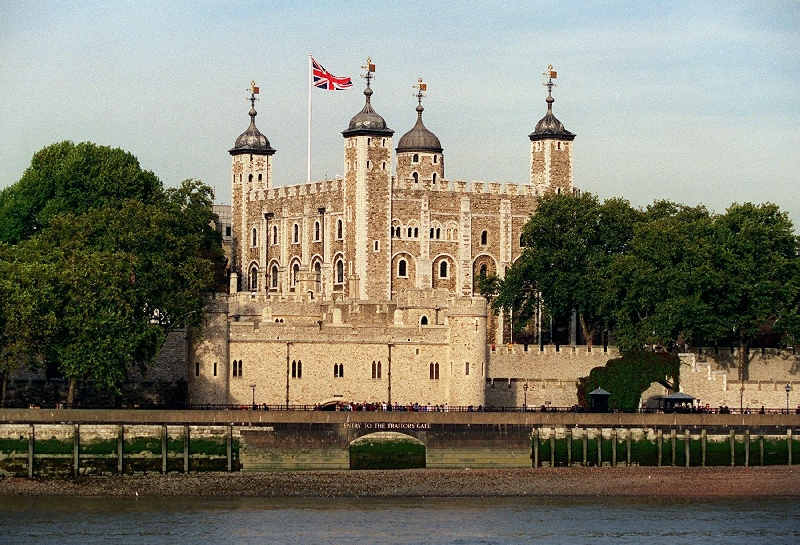
As a princess, Elizabeth was sent to the Tower of London by her half-sister, Queen Mary I. She was suspected of involvement in a plot against the Queen, led by the traitor Sir Thomas Wyatt. “Oh Lord!” said Elizabeth, as she entered the Tower, “I never thought to have come here as a prisoner.”
In 1559, Elizabeth returned to the Tower under very different circumstances. On 14 January, after the traditional celebrations, she left the fortress to ride through the City of London to her coronation at Westminster Abbey. The Tower of London is one of London’s top visitor attractions, housing the Crown Jewels and other treasures.
Kenilworth Castle, Warwickshire
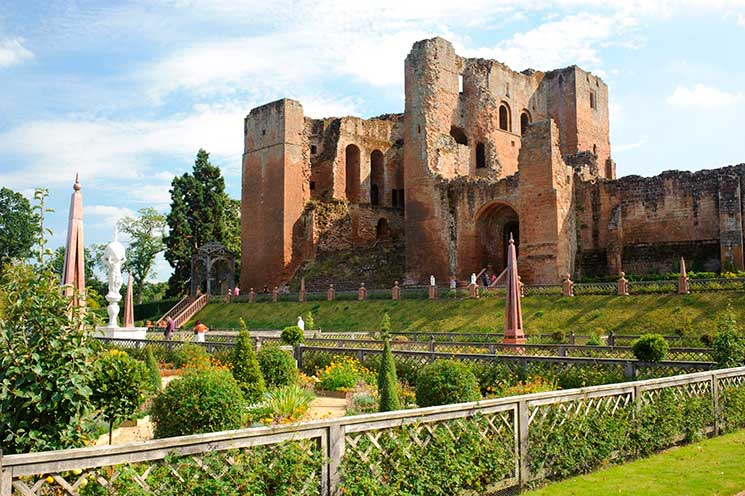
From the 9 to 27 July 1575, Elizabeth I stayed at Kenilworth Castle in Warwickshire, home of her great friend Robert Dudley, Earl of Leicester. She had visited Kenilworth three times before but this was a special visit in that it lasted 19 days and was the longest stay at a courtier’s house in any of her royal progresses. Kenilworth Castle ruins and its beautiful Elizabethan Gardens are open to the public.
Read more:
Nominate your British heroes: Who do you think has shaped our nation?
Best places to visit in Northumberland: top attractions, and places to stay, eat and drink

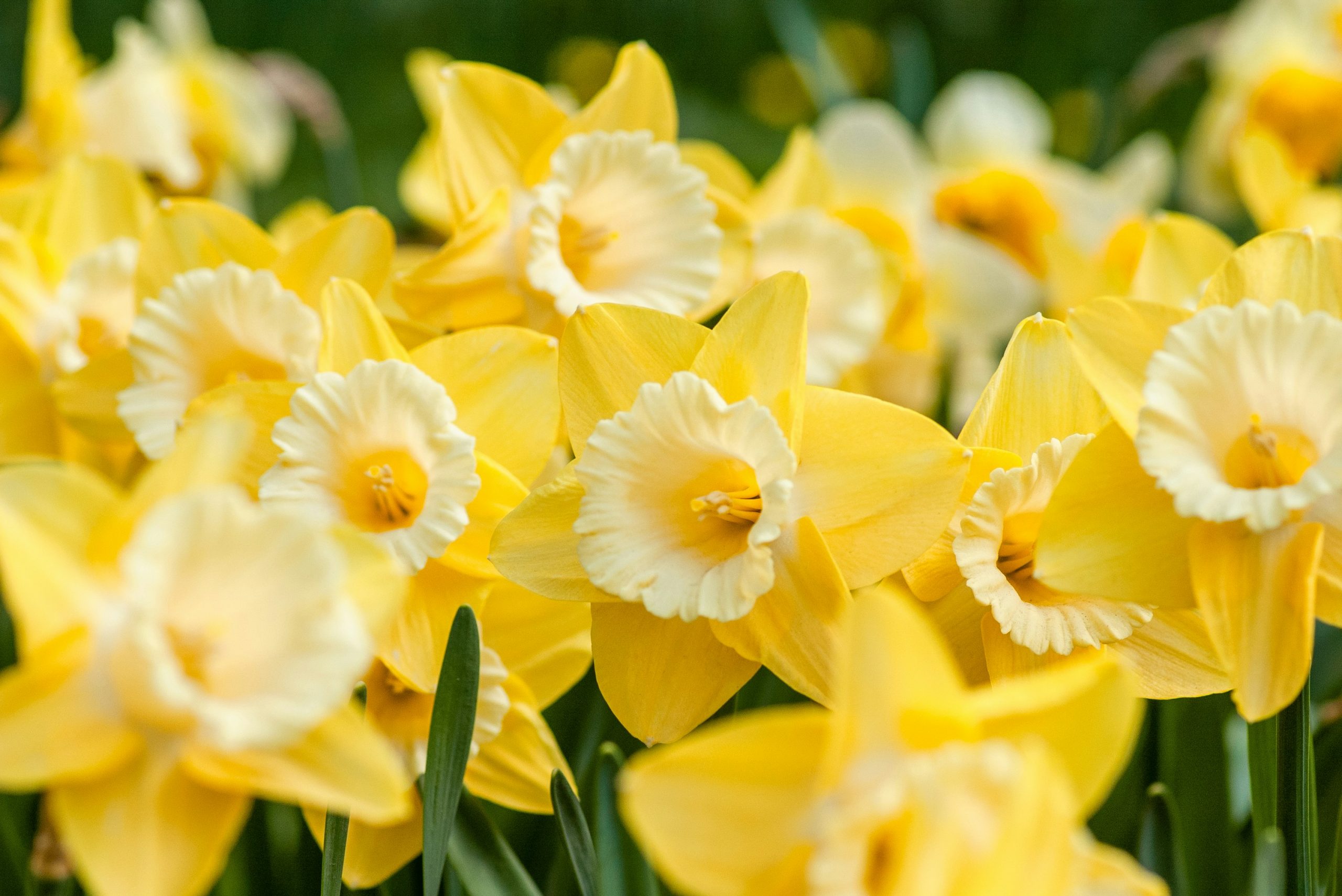

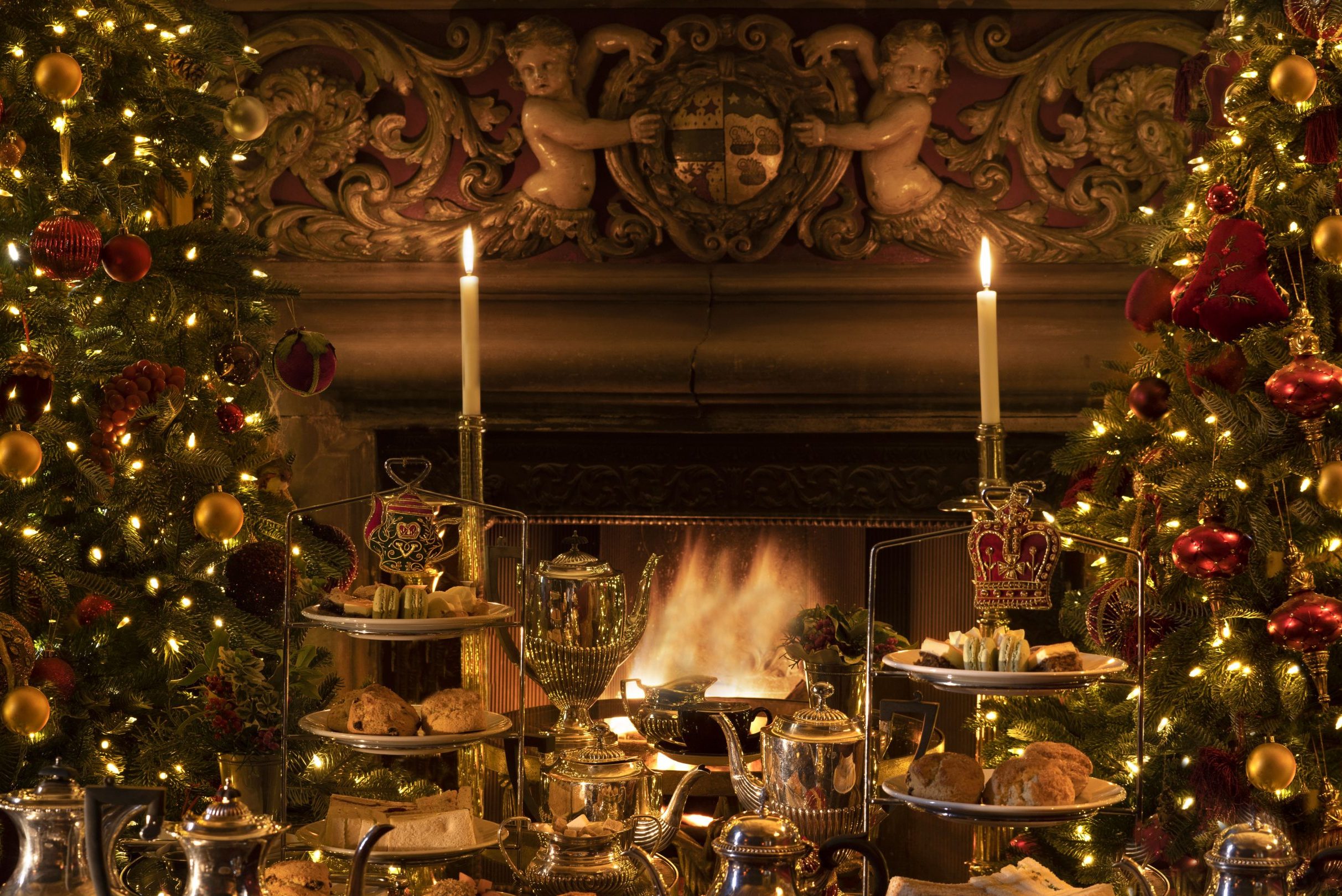
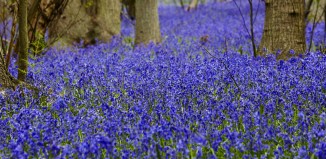



sup